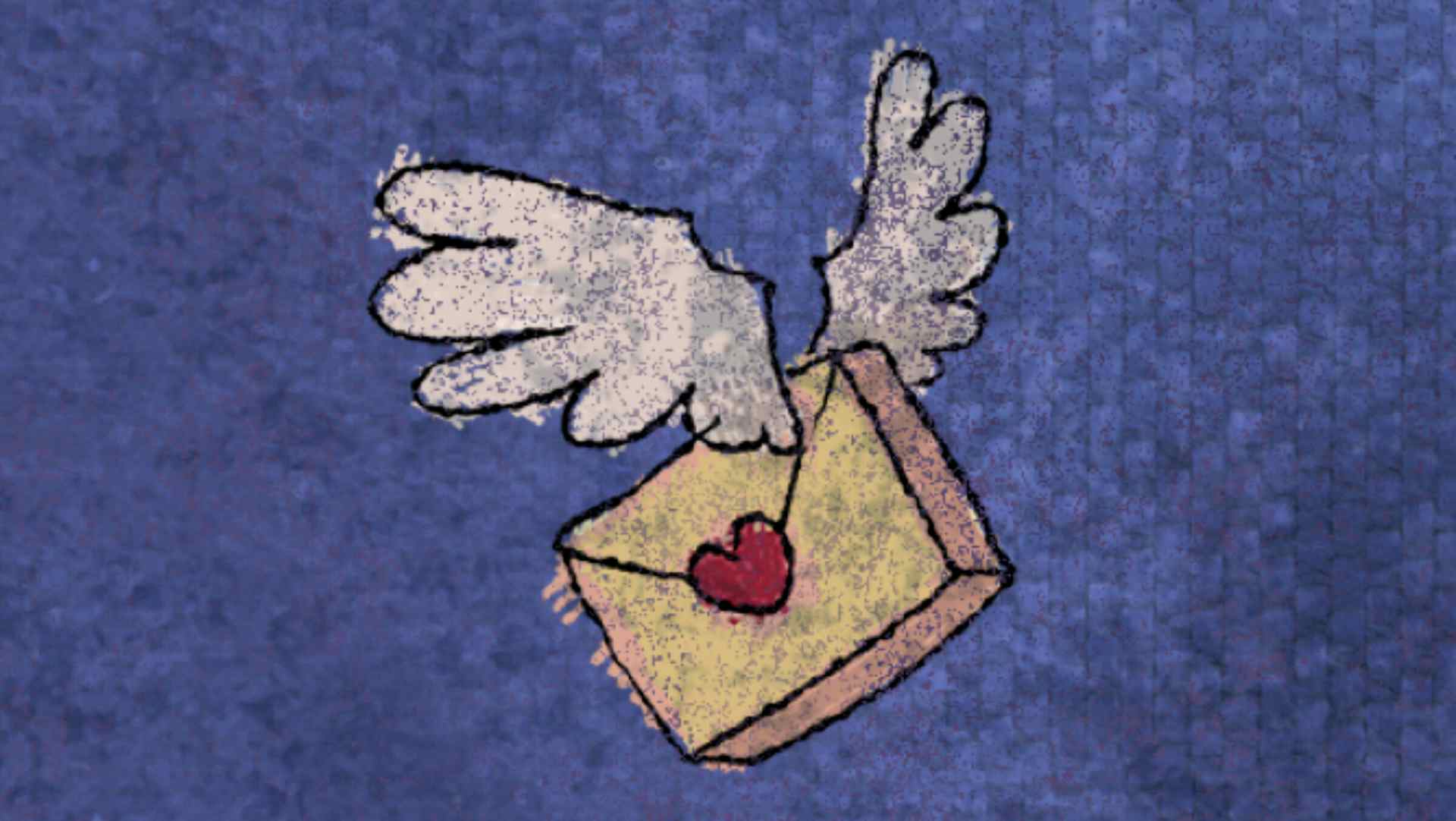Floating like a butterfly through a field of bullets, the femme fatale may commit murder or she may be a victim of circumstance; the eponym fatale simply tells us that where she is, death follows. Close your eyes and summon a picture- a slender, languid woman stylishly clothed, her hair more often than not glossy and pin-curled. The words “film noir” might float in a smoky halo over her head. In this special section we (Xoe and Rita) would like to investigate and celebrate an expansive definition of the femme fatale.
Her origins may as well date back to Helen of Troy, a woman so beautiful men forsook political expediency and started a war, dying by the thousands in her name. In searching for the parameters of this section, and as many critics and podcasters have done before, we argued back and forth over what defines a femme fatale and where to draw the line. Does Rita Hayworth as the innocent Gilda (1946), with the revisionist Hayes Code ending erasing her transgressions, qualify? Is a femme fatale necessarily Machiavellian, mercenary, and inscrutable in her loyalties? Can she be morally pure, vulnerable, exploited, older? Is a vamp a femme fatale or a different iteration of masculine anxieties?
Our operative definition of a femme fatale is that of a woman whose beauty, sensuality, way-of-being in the world causes a loss of control in the men around her, sowing chaos, and confirming those masculine anxieties. Sometimes she uses her powers consciously, out of a drive for survival in a patriarchal world, or for pleasure, or evil. Sometimes these qualities are simply a natural phenomena that she herself cannot control the outcomes of. She adapts herself through time, through film. Though the sleek image of the quintessential femme fatale was crystalized in the 1940s by the likes of Barbara Stanwyck in Double Indemnity (1944), you can find her origins in earlier films as a vamp, a dark and “exotic” woman sucking men dry with her raw sexuality. No one has ever done it better than Nita Naldi in Blood and Sand (1922) and Cobra (1925). You can find her too, blonder but equally wild, in Marlene Dietrich in The Blue Angel (1930) which highlights the moral corruption and cuckolding a wanton woman can inflict on even the most respectable of men. After the 1940s, we see further evolutions of the femme fatale. First, in Hitchcock with his icy but endangered blondes of Psycho (1960, Janet Leigh) and Vertigo (1958, Kim Novak). Later come the entwined genres of neo-noir and the psychosexual thriller. Chinatown (1978, Faye Dunaway) and Fatal Attraction (1987, Glenn Close) give us stepping stones into the 90s. Basic Instinct (1992, Sharon Stone) and Wild Things (1998, Neve Campbell and Denise Richards) owe DNA to Hitchcock, but these femmes are true ice-cold masterminds. Filmmakers like David Lynch, Jane Campion, and Nagisa Oshima were all influenced by the genre of noir and the unforgettable, deadly women therein.
For more on film history with Xoe and Rita, visit foibles.podbean.com or find Foibles: A Mother Daughter Podcast on any major platform. Viva physical media!




